Egg-onomic Shock: USDA Warns of 41% Price Surge as Bird Flu Spreads

The USDA dramatically revised its egg price forecast on Tuesday, now predicting a 41.1% increase in 2025—more than double January’s projected 20% rise. This sharp adjustment comes as bird flu continues to devastate commercial egg farms, with an estimated 18.8 million egg-laying hens affected in January alone. Consumers are already feeling the impact, with January’s retail egg prices jumping 13.8% month-over-month and 53% year-over-year, pushing the national average to $4.95 per dozen. The USDA warns that egg supplies remain “very light to light with little chance for improvement in the near-term.”
Dollar Bounces Back as Monetary Policy Divergence Between Fed and ECB Takes Shape
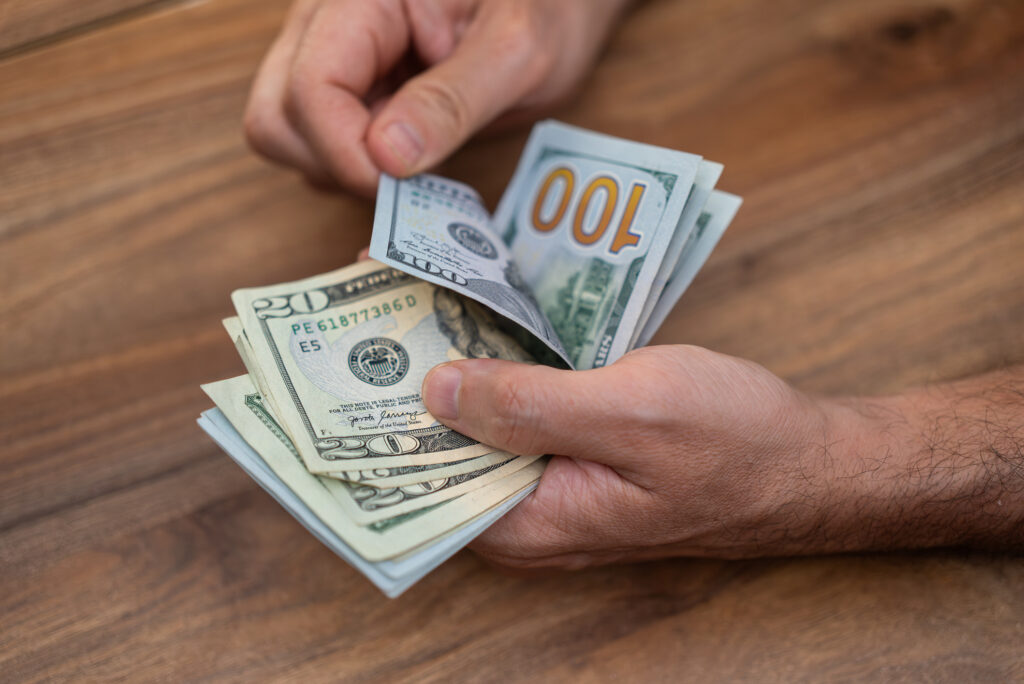
The U.S. dollar index recovered 0.30% to 106.56 on Wednesday, climbing from its lowest level since December 10 as Treasury yields rebounded from their recent declines. This rebound comes despite Treasury Secretary Scott Bessent’s warnings about economic fragility beneath surface-level metrics, pointing to interest rate volatility, persistent inflation, and overdependence on government sector job growth. Bessent also emphasized tariffs as an important revenue source, adding to market uncertainty. Currency strategists highlight the complex impact of tariff rhetoric, with Thierry Wizman of Macquarie noting that even discussions about tariffs can delay business activity and create disinflationary pressure, complicating the Federal Reserve’s […]
House Republicans Push Through Trump’s Fiscal Agenda by Two Votes
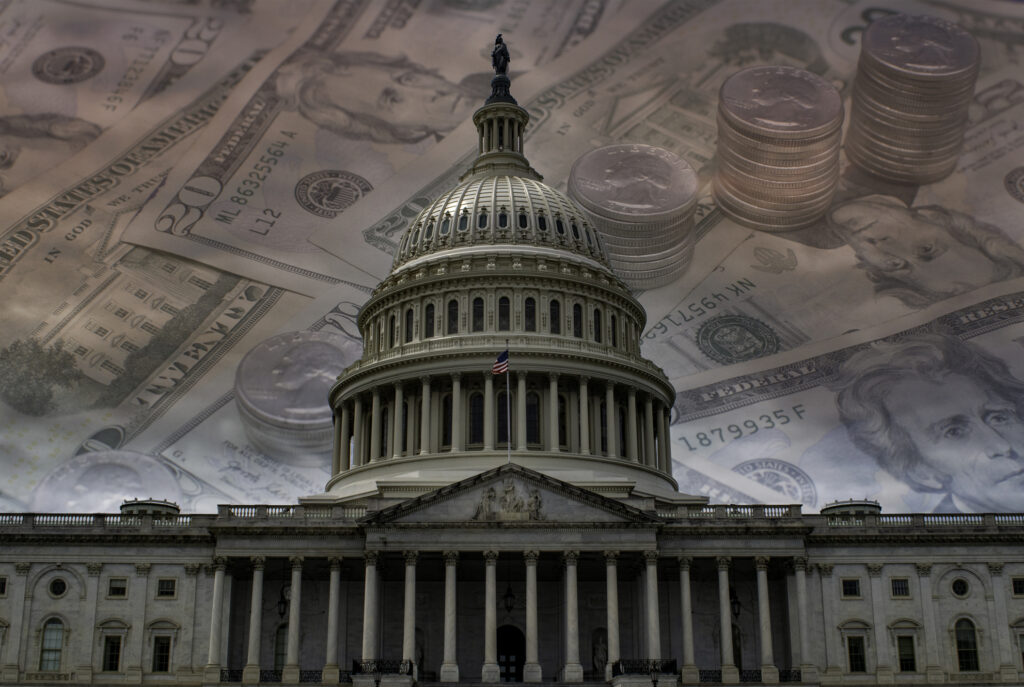
House Republicans narrowly approved a budget resolution Tuesday that paves the way for $4.5 trillion in tax cuts and $2 trillion in federal spending reductions over the next decade. The 217-215 vote occurred after a chaotic hour of canceled and then suddenly revived voting, highlighting the fragile Republican majority. This resolution enables Republicans to use the reconciliation process, which allows them to pass major fiscal legislation in the Senate with a simple majority, bypassing potential filibusters. The plan sets up an internal GOP battle over which federal programs to cut to finance tax cuts that would primarily benefit wealthy Americans.
The Gold-Stock Correlation Flip: Invesco Strategist Explains Market’s New Dynamic
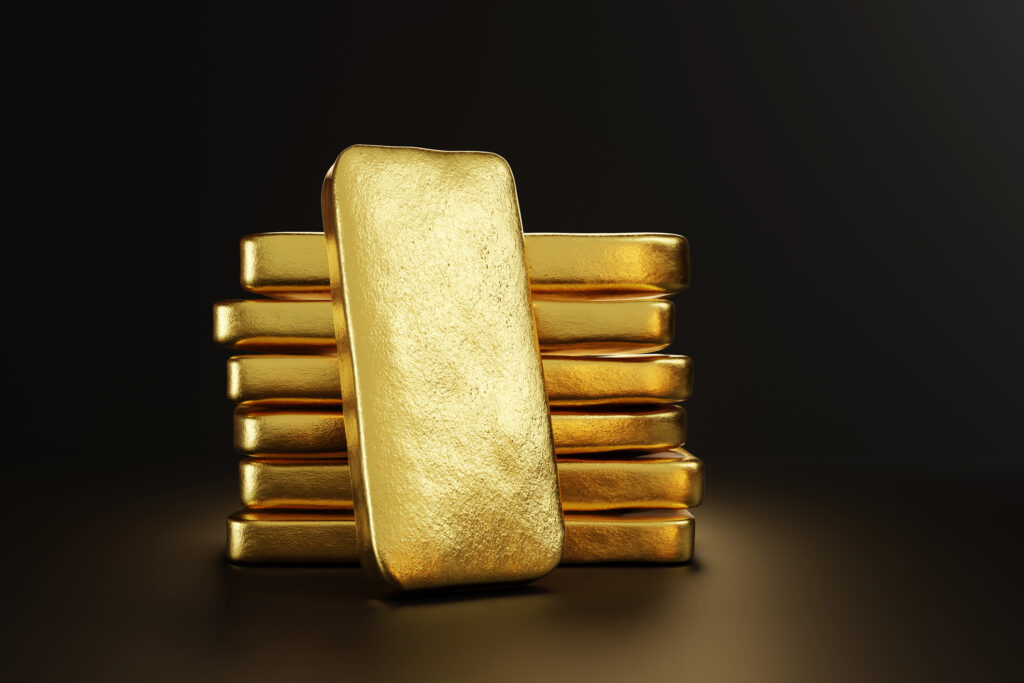
Invesco’s Chief Global Market Strategist Kristina Hooper explains that gold’s relationship with stocks has fundamentally changed. Historically, gold and stocks had a low correlation, moving in opposite directions, but now they’re rising in tandem. Hooper attributes this shift to investors using gold as a hedge against geopolitical and fiscal deficit risks while maintaining equity exposure. Additional factors driving gold prices include “price insensitive” central bank buying, reactions to sanctions, and gold’s emerging role as a “quasi alternative currency.” Notably, Hooper doesn’t believe the gold surge signals inflation concerns, as gold hasn’t consistently performed well as an inflation hedge.
Gold Rebounds as Trump Tariff Fears and Inflation Continue to Concern Markets

Gold prices bounced back Wednesday after hitting a one-week low, supported by worries about Trump’s potential tariffs and a sharp decline in U.S. consumer confidence. Gold faces a complex situation with inflation. While it typically serves as a protection against rising prices, persistent inflation might force the Federal Reserve to keep interest rates higher for longer. This hurts gold because it doesn’t provide yield like bonds or savings accounts. Investors are now watching Friday’s Personal Consumption Expenditures (PCE) report closely. This inflation measure is the Fed’s favorite indicator and could strongly influence future interest rate decisions. Richmond Fed President Tom […]
Global Jewelry Slump Persists as Hong Kong Exports Fall 4.8% in January

Hong Kong’s jewelry, gold, and silver exports fell 4.8% year-on-year in January 2025, continuing the downward trend seen in late 2024. Imports in this category dropped even more sharply, declining 9.6% compared to the previous year. Despite these challenges in the jewelry sector, Hong Kong’s total exports managed a slight 0.1% increase in January, supported by strong shipments to the US and Asia, though EU exports declined. The government acknowledges ongoing challenges from trade protectionism but expects support from global economic growth and mainland China’s economic stimulus measures.
The Secret Gold Vault 80 Feet Below Manhattan: What’s Really Inside?
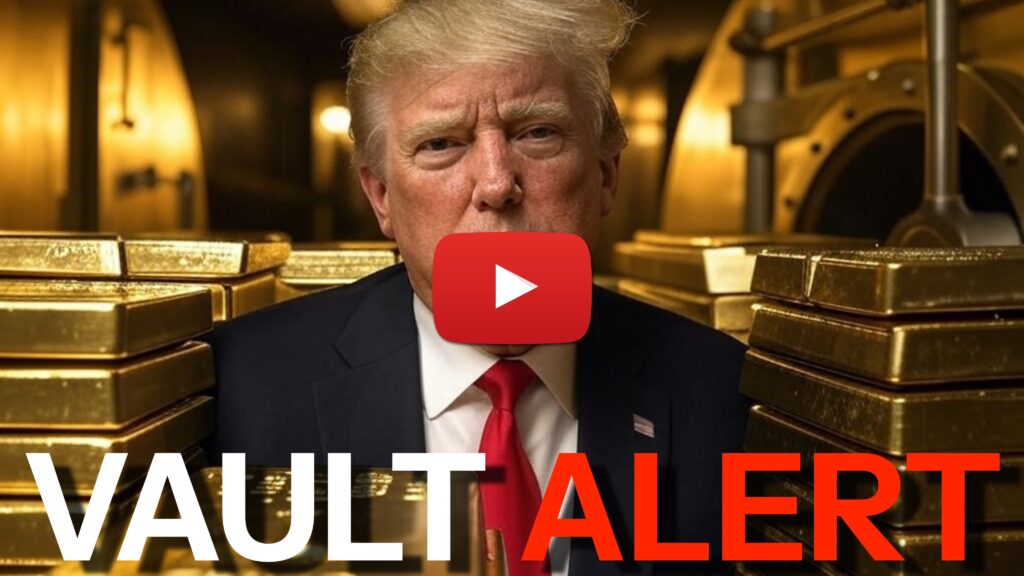
What if the real gold mystery isn’t at Fort Knox but 80 feet beneath the streets of Manhattan? In this eye-opening video, we take you on a virtual tour of the Federal Reserve Bank of New York’s gold vault — once home to nearly 30% of the world’s official gold reserves. Discover how towering stacks of 27-pound gold bars are secured with cutting-edge engineering, armed guards, and a vault design so ingenious it seems straight out of a heist movie. But with questions swirling about ownership, rehypothecation, and the lack of a full audit, we have to ask: Is all […]
China Slashes Gold Imports via Hong Kong to Lowest Since 2022

China experienced a sharp decline in gold imports via Hong Kong in January 2025, with volumes plummeting to 13.816 metric tons, according to figures released Tuesday by the Hong Kong Census and Statistics Department. This represents a substantial 44.8% decrease from December’s imports of 25.007 tons and marks the lowest level of gold imports through this channel since April 2022. The dramatic reduction suggests a potential shift in China’s gold acquisition strategy or demand patterns as the new year began, contrasting markedly with the significantly higher import figures observed at the end of 2024.
Gold Tumbles 1.47% in Largest Daily Drop Since December
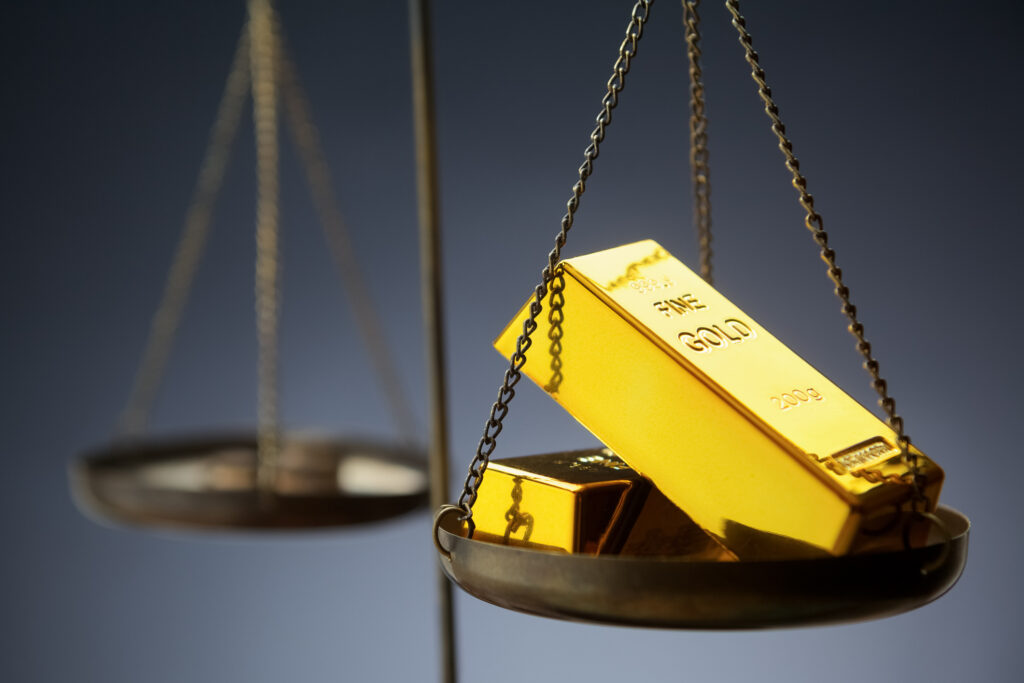
Comex gold for February delivery fell $43.40 per troy ounce on Tuesday, settling at $2,904.50—marking its largest one-day decline since December 19, 2024. Despite this pullback from Monday’s record high of $2,947.90, gold remains up 10.47% year-to-date and has surged an impressive 42.87% from its 52-week low set in February 2024. Despite this setback, gold’s broader performance remains remarkably strong, with prices still up 10.09% from January’s low of $2,638.40 and an impressive 10.47% gain year-to-date. The longer-term picture is even more dramatic, with gold having climbed 42.87% from its 52-week low of $2,033.00 recorded on February 28, 2024, and […]
Safe Haven or Peak Investment? Gold’s Surge Triggers Buffett-Inspired Warnings
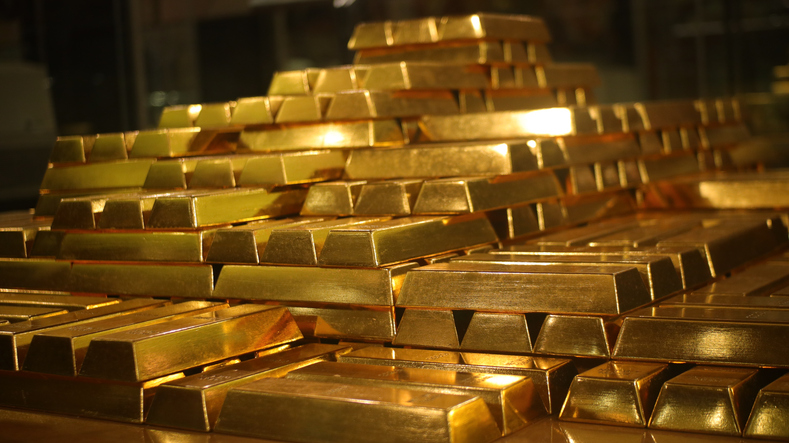
Concise Summary: Gold prices have surged approximately 11% in 2025 and 42% over the past calendar year, significantly outperforming the S&P 500’s gains. However, some financial experts are urging caution, citing Warren Buffett’s famous investment rule to “be fearful when others are greedy.” Advisors recommend limiting gold allocation to just 1-3% of a diversified portfolio, warning against chasing returns at potentially peak prices. The current gold rush is attributed to investors seeking safe havens during uncertain times and concerns about stalled inflation progress.



